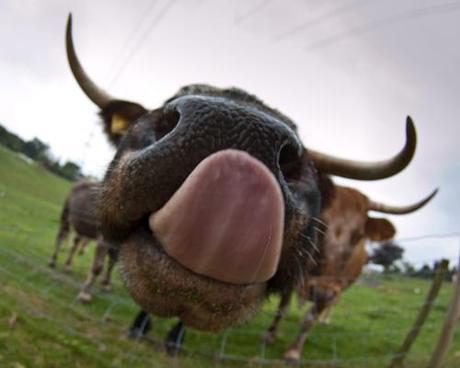
Where the taste test happens.
For those of us who are curious about what goes into our beer beyond hops, malt and yeast, labels only tell half the story … or is it the full story?
A while ago, I wrote about the use of natural flavoring in beers, explaining what it means and how it benefits brewers. An important outcome of the use and how flavors are labeled, however, may have the impact of setting expectations for a consumer. “Natural flavoring” as opposed to listing a specific taste or flavor, allows some flexibility for a brewery:
Why the term “natural flavoring?” I’d guess it straddles a fine line between impacting a consumers perception of a product and the legality of what is required to tell a customer. If you put a specific flavor front-and-center on the label – perhaps “lemonade” on Leinenkugel’s Summer Shandy – there will be no doubt in a customer’s mind what they’ll be tasting. For a summer-specific beer like that, it makes sense.
So what happens when we are presented with specific labeling and the expectations that come along with them? I held a small (unscientific) experiment this weekend to get a better idea.
Instead of a beer with natural flavoring, I used a beer created with natural ingredients – Lazy Magnolia’s Southern Pecan. A nut brown ale, Lazy Magnolia brews each batch with whole roasted pecans and proudly declares as much on each label.
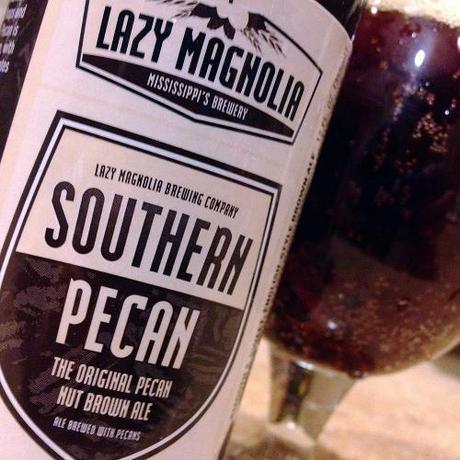
… Which would lead you to expect a rather intense nuttiness, right? The grain bill would certainly allow for it, featuring Maris Otter, caramel malt and wheat. Nothing terribly overpowering, however.
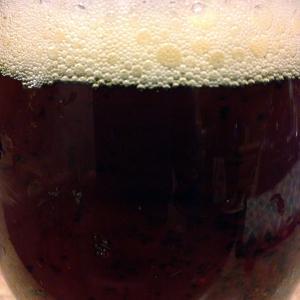
Closeup of Southern Pecan
However, the aroma and taste didn’t do much to punch up the pecan flavor. The smell presented generic toasted notes and toffee, but the taste rang truer to toasted wheat bread to me. Meanwhile, all I wanted to think of was how it tasted like pecans, but my tongue wouldn’t let me do it.
Apparently, I’m not the only one. Scouring user reviews on Beer Advocate (82 overall) and RateBeer (64 overall), the most common complaint is that people would have preferred more pecan or nut flavor. It’s not that people hated it outright, they just expected more.
As something of a control, I then opened up a bottle of Ithaca Beer’s Nut Brown, which uses neither nuts or natural flavoring – the “nut” flavor is derived from grain only. It’s not a perfect comparison, but it carries the same score of 82 on Beer Advocate and 64 on RateBeer.
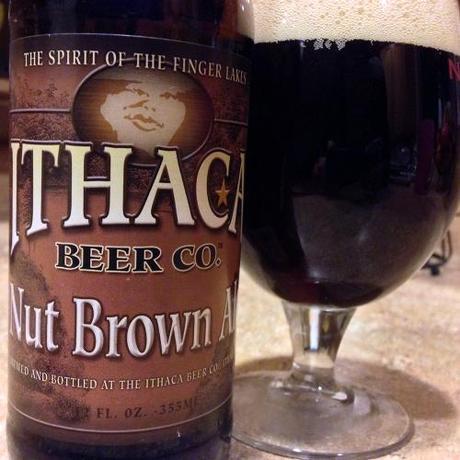
This time around, the grain bill included a group of darker-kilned malts that impart a flavors closely aligned with roasted, toasted, biscuit and nut: Brown, Victory, Dark Chocolate and Amber. The results?
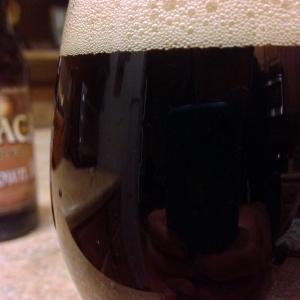
Closeup of Nut Brown
It smelled like almonds and had an unmistakable roasted character. It’s taste was controlled by a nuttiness that bled into chocolate and a deep caramel finish, which made me think of freshly roasted coffee.
Like me, Beer Advocate and RateBeer users thought the same. Their reviews indicated strong associations with hazelnut, chestnut and more.
Which brought me back to the idea of external expectations and what that means.
When we’re told what to expect, or at least provided with information that sets our of expectations, that can impact our perception:
The label is one of the extrinsic components of a product, playing an important role in consumer buying behavior, acting as a means to attract attention and provide information … some of the characteristics on the label had an impact on consumer response. It may be supposed that these elements can affect each consumer differently depending on his/her personal motivations and values.
All that said, I like both beers just fine. Every beer is going to taste a little different to every person, but setting expectations and what we want when consuming a good like beer may be a bit more universal.
+Bryan Roth
“Don’t drink to get drunk. Drink to enjoy life.” — Jack Kerouac

